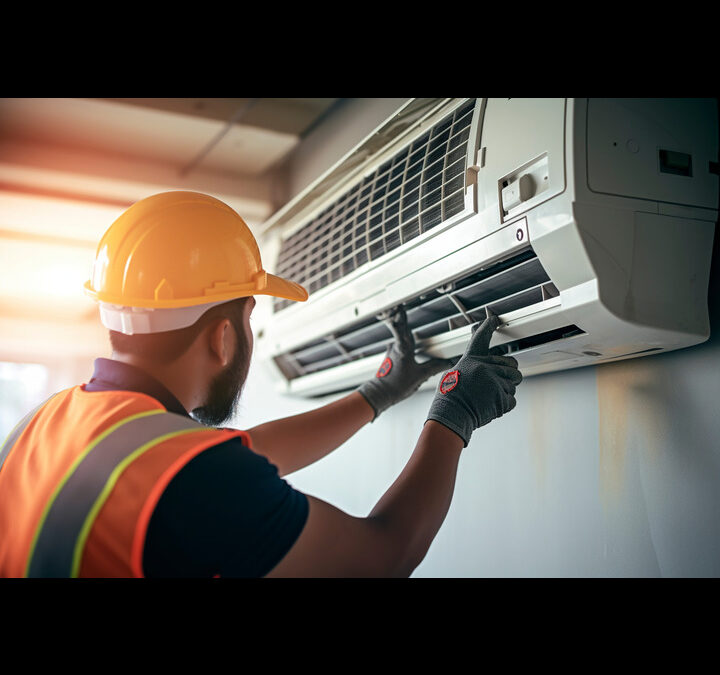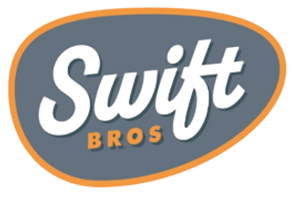Maintaining your air conditioner is key to ensuring it runs efficiently, providing cool air when you need it most, and extending its lifespan. Without proper upkeep, your AC unit can experience reduced performance, higher energy bills, or even costly breakdowns. The good news is, regular maintenance doesn’t have to be complicated and can help you avoid these issues. Below are some essential tips to keep your air conditioner running smoothly.
1. Replace or Clean the Air Filters Regularly
One of the most important (and simplest) maintenance tasks is to replace or clean your air filters. Over time, filters become clogged with dust, dirt, and debris, which reduces airflow and forces your system to work harder. A dirty filter can lead to higher energy consumption and reduce indoor air quality.
It’s generally recommended to check and replace the filter every 1-3 months, depending on usage and the type of filter. If you have pets or allergies, you may need to replace the filter more frequently.
2. Clean the Evaporator and Condenser Coils
Both the evaporator and condenser coils can collect dirt over time, which decreases their ability to absorb and release heat. This buildup can lead to poor performance and higher energy costs.
- Evaporator Coil: Located inside the indoor unit, the evaporator coil should be checked once a year and cleaned if necessary. You can use a soft brush or vacuum to remove dust buildup.
- Condenser Coil: Located in the outdoor unit, the condenser coil can accumulate dirt, especially if the area around it is dusty or covered in debris. Cleaning this coil helps maintain efficient heat exchange and cooling performance. You can hose it down gently and clear any debris from around the unit.
3. Check and Clear the Condensate Drain Line
The condensate drain line removes moisture from your air conditioning system, and over time it can become clogged with dirt, algae, or debris. A clogged drain line can lead to water leaks, which may cause damage to your home and affect the AC’s efficiency.
- How to prevent clogs: Use a wet/dry vacuum to clear out the drain line, or run a mixture of bleach and water through it every few months to prevent mold or algae growth.
- Signs of blockage: If you notice water pooling around the indoor unit, this could be a sign of a clogged drain line that needs immediate attention.
4. Inspect the Thermostat
Your thermostat controls the temperature in your home, and it’s important to make sure it’s working correctly. If your thermostat is outdated, consider upgrading to a programmable or smart thermostat, which can help you better regulate temperatures and save energy.
If you want to test the accuracy of your thermostat, compare the thermostat’s reading to the actual room temperature. If it’s inaccurate, it may need recalibration, replacement, or a battery change.
5. Keep the Outdoor Unit Clear of Debris
The outdoor condenser unit needs adequate airflow to function properly. Leaves, grass, dirt, and other debris can accumulate around the unit, blocking airflow and reducing efficiency. Make sure the area around your outdoor unit is free of debris, and trim any plants or shrubs that may obstruct the airflow.
Aim to keep at least two feet of clearance around the unit to ensure proper ventilation.
6. Check the Fins and Straighten if Necessary
The aluminum fins on both the evaporator and condenser coils help with heat exchange, but they can become bent over time, reducing airflow. You can carefully straighten bent fins using a fin comb, which can be purchased at most hardware stores.
The fins are delicate, so handle them with care to avoid damaging them further.
7. Inspect the Ductwork for Leaks
If your home uses a ducted air conditioning system, it’s important to check for leaks or damage in the ducts. Leaky ducts can lead to cooled air escaping, reducing your system’s efficiency and increasing energy costs. Sealing any leaks with duct tape or mastic can help maintain optimal cooling and lower your energy bills.
- Signs of duct issues: If you notice uneven cooling in different rooms or weak airflow, it may indicate a duct leak.
8. Check Refrigerant Levels
Your air conditioner relies on refrigerant to cool your home, and if refrigerant levels are too low, the unit will struggle to cool efficiently. A refrigerant leak can lead to decreased performance, higher energy bills, and potential damage to the system. If you suspect a refrigerant issue (e.g., warm air coming from the vents), have a professional check the system.
9. Keep the Unit Level
The outdoor condenser unit should be installed on a level surface. If it becomes unlevel over time (due to ground settling or shifting), it can affect the efficiency of your system and potentially lead to component failure. Check periodically to ensure the unit remains level and adjust as needed.
10. Schedule Annual Professional Maintenance
While there are many maintenance tasks you can handle on your own, it’s a good idea to schedule a professional inspection at least once a year. A licensed HVAC technician will perform a thorough inspection, checking refrigerant levels, testing for leaks, and ensuring that all components are functioning properly. They can catch small problems before they become major repairs.
- Best time for service: It’s ideal to have your AC unit serviced in the spring before the hot summer months begin.
Follow These Tips To Keep Your AC Unit working Properly
Maintaining your air conditioner is essential for optimal performance, energy efficiency, and extending the life of the unit. By regularly changing air filters, cleaning coils, checking the drain line, and scheduling annual professional maintenance, you can avoid costly repairs and enjoy reliable cooling year-round. Taking these simple steps will not only keep your home comfortable during the hot months but also save you money on energy bills in the long run.



